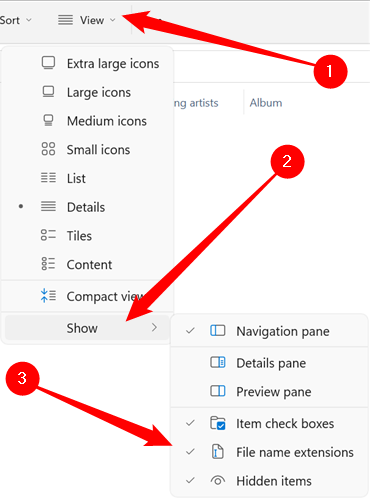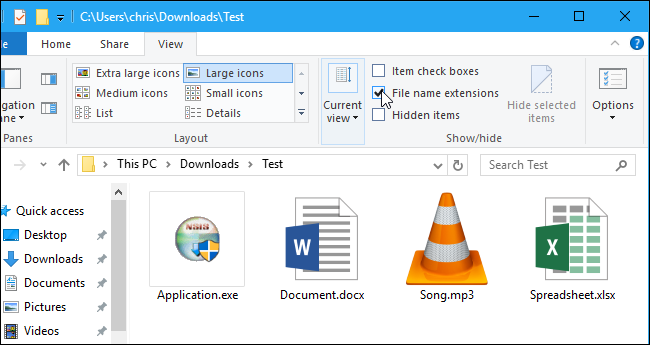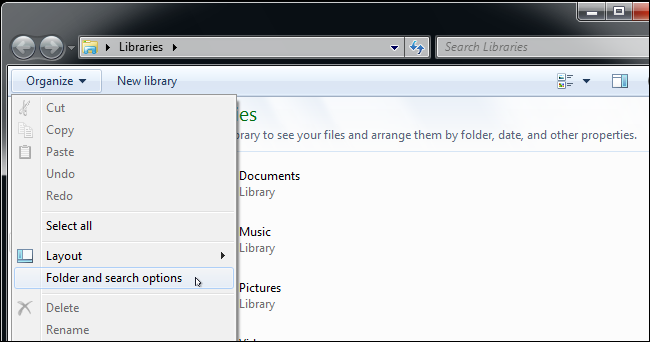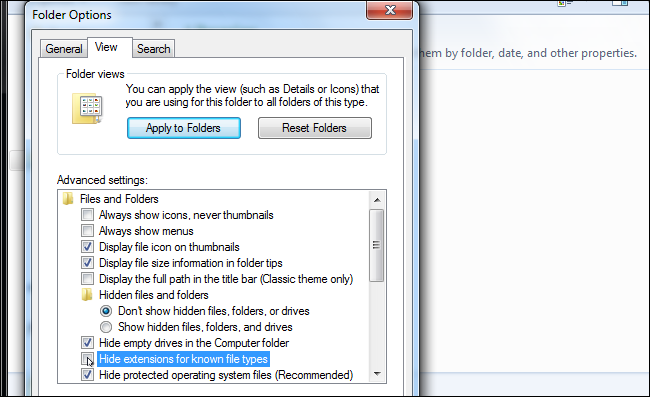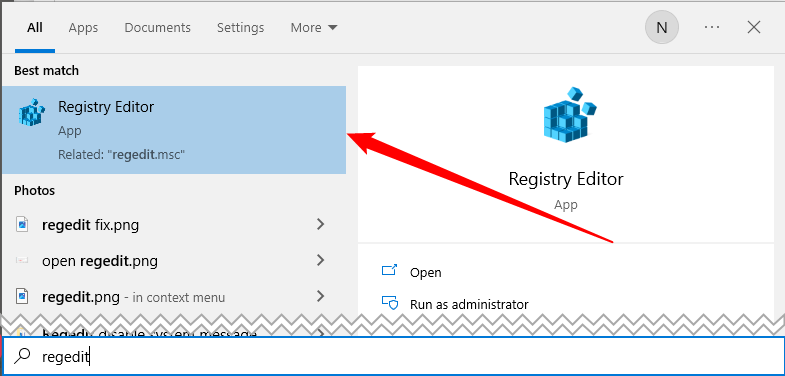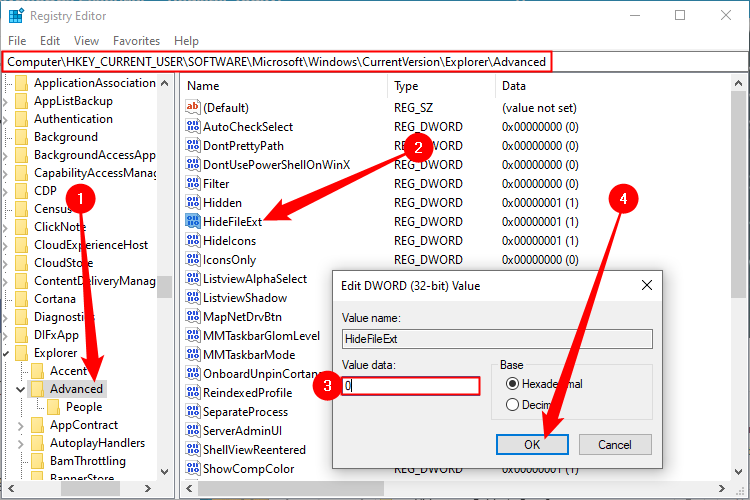
Unlocking the Secret: The Ultimate Guide to Revealing File Extensions on Windows

Discover the importance of displaying file extensions on Windows and explore easy methods to enable this feature in Windows 11, Windows 10, and Windows 7, including using the Registry Editor Unveil the true nature of your files effortlessly
Key Takeaways
To see file extensions on Windows 10, follow these steps:
1. Open File Explorer.
2. Click on the "View" tab.
3. Check the box that says "File Name Extensions."
To display file extensions on Windows 11, follow these steps:
1. Open File Explorer.
2. Click on "View" in the top menu.
3. Click on "Show" and then select "File Name Extensions."
Why You Should Show File Extensions
: How to Always Show File Extensions in WindowsEach file has a specific file extension that indicates its file type to Windows. Typically consisting of three or four digits, file extensions can also be longer. For instance, Word documents are identified by the file extensions .doc or .docx. By recognizing a file named Example.docx, Windows automatically associates it with Microsoft Word and opens it accordingly.
There is a wide range of file extensions for different purposes. Audio files, for example, may have extensions such as .mp3, .aac, .wma, .flac, .ogg, or other options depending on the specific audio format. Similarly, common image file extensions include .jpeg, .png, .gif, and .heic.
Showing file extensions in Windows is beneficial for security purposes. An example of this is the .exe file extension, which is executed by Windows as a program. When file extensions are not visible, it becomes difficult to discern whether a file is a program, a safe document, or a media file with just a glance.
For instance, you might have a file named "document" that displays the icon of your installed PDF reader. Without visible file extensions, there is no quick way to determine if the file is a genuine PDF document or a potentially harmful program disguised with the PDF reader's icon. However, if file extensions are enabled in Windows, you would be able to identify whether it is a safe document named "document.pdf" or a dangerous file named "document.exe". In this case, there would be no need to access the file's properties window for further information if you have file extensions enabled.
How to Show File Extensions in Windows 11
Windows 11 changed the user interface for File Explorer quite a bit between Windows 10 and 11, but the option to show file extensions is still readily accessible.
To reveal file extensions for all files in all folders, follow these steps:
1. Click on the "View" tab located at the top of the File Explorer window.
2. Hover over the "Show" option at the bottom of the dropdown menu.
3. Select "File Name Extensions" from the sub-menu.
How to Show File Extensions in Windows 10
To access this option, simply open File Explorer on Windows 10 or Windows 8. Locate the "View" tab on the ribbon and click on it. In the Show/hide section, enable or disable the "File name extensions" box to toggle the visibility of file extensions. File Explorer will retain this setting until you choose to disable it later on.
How to Show File Extensions in Windows 7
To access this option on Windows 7, follow these steps:
1. Click on the "Organize" button located on the toolbar of Windows Explorer.
2. From the drop-down menu, choose "Folder and search options" to open it.
To modify your settings, follow these steps:
1. Open the Folder Options window by clicking on the "View" tab.
2. Locate the Advanced settings section.
3. Deselect the "Hide extensions for known file types" checkbox.
4. Save the changes by clicking "OK".
On Windows 8, 10, and 11, you can access this options window by clicking the "Options" button on the View toolbar. However, it is more efficient to toggle file extensions on or off quickly using the ribbon.
Show File Extensions Through the Registry Editor
:To access this window, you can go to the Control Panel on any version of Windows. Simply navigate to Control Panel > Appearance and Personalization > Folder Options. However, on Windows 8, 10, and 11, it is labeled as "File Explorer Options" instead.
To enable File Extensions on any version of Windows, you can utilize the Registry Editor. However, caution must be exercised to avoid altering or deleting values within the Windows Registry as it may lead to undesirable consequences such as bugs, crashes, or potentially rendering your computer inoperable.
First, open up the Start Menu and search "regedit," then click the "Registry Editor" result.
Navigate to the path we list below, open up the "HideFileExt" entry, and set the value to 0.
Computer\HKEY_CURRENT_USER\SOFTWARE\Microsoft\Windows\CurrentVersion\Explorer\Advanced
Once that is done, you'll need to refresh any open File Explorer windows you have open before file extensions will be visible.
